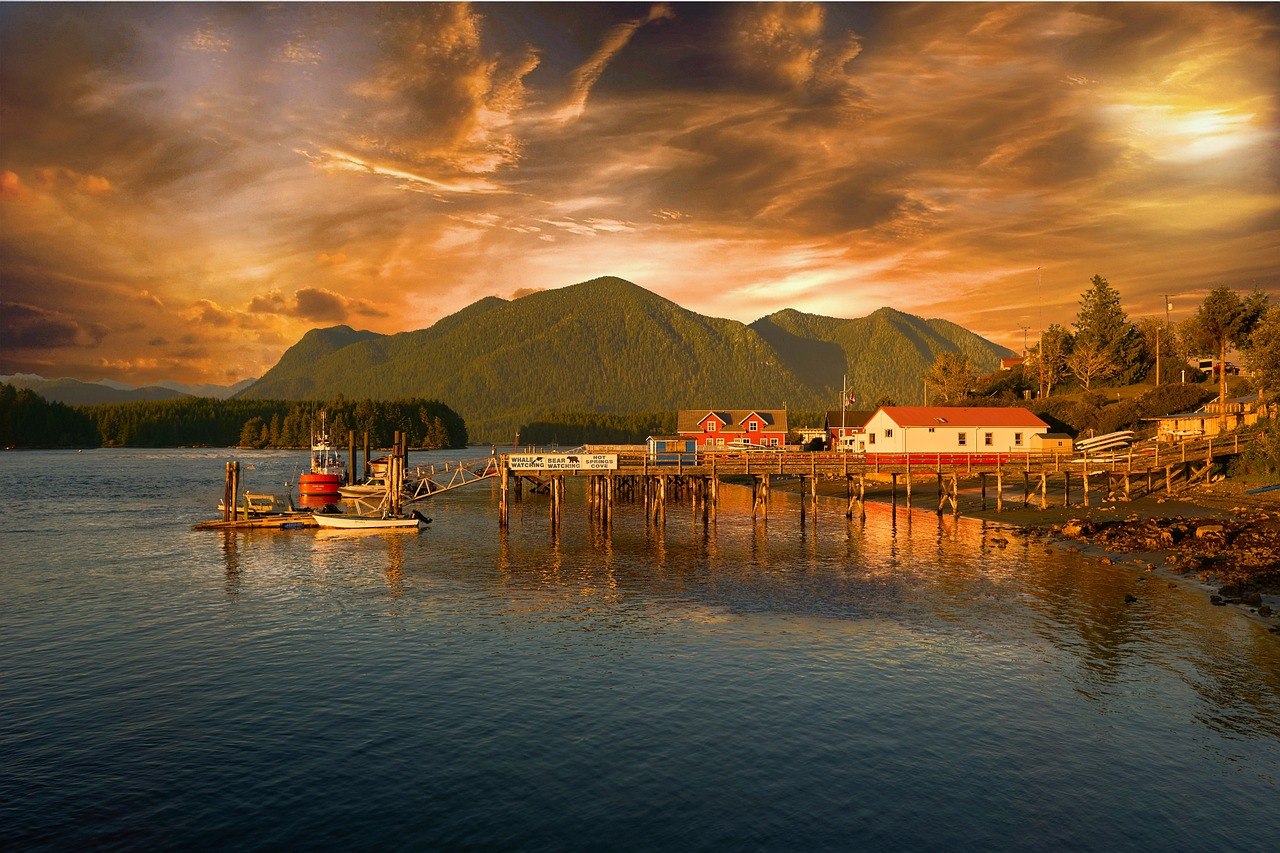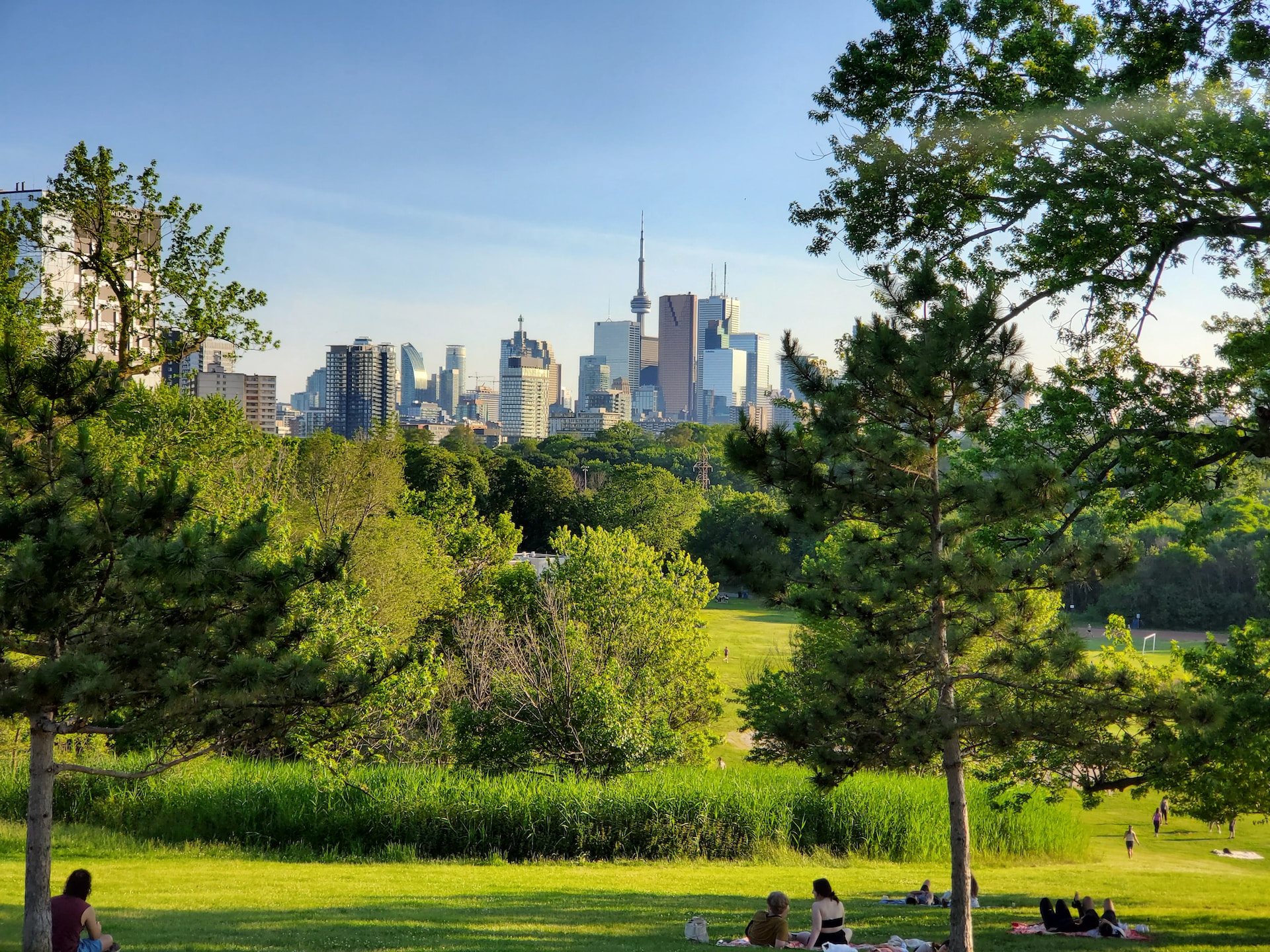Tokyo weather is a topic of interest for many people planning to visit the city. The Japanese capital is known for its diverse climate, which can be affected by various factors such as location, altitude, and proximity to the sea. The city’s location on the Pacific coast also means it is susceptible to typhoons, which can bring heavy rain and strong winds during the summer months.
The weather in Tokyo can be roughly divided into four seasons: spring, summer, fall, and winter. Spring is generally considered the best time to visit, with mild temperatures and beautiful cherry blossoms in full bloom. Summer is hot and humid, with occasional typhoons bringing heavy rain. Fall is known for its clear skies and comfortable temperatures, while winter can be quite cold with occasional snowfall.
The average temperatures in Tokyo vary greatly depending on the season. In the summer, the average high temperature can reach around 30°C (86°F), while in the winter the average low temperature can drop to around 5°C (41°F). However, the city’s location near the coast can also bring cool sea breezes and higher humidity, which can make the weather feel more comfortable during the hot summer months.
Overall, the climate in Tokyo can be challenging to predict, but with a little research, visitors can plan for a comfortable and enjoyable trip.
| Month | Low (°C) | High (°C) | Low (°F) | High (°F) | Rain (%) |
|---|---|---|---|---|---|
| January | 2 | 9 | 36 | 48 | 60 |
| February | 3 | 10 | 37 | 50 | 50 |
| March | 5 | 13 | 41 | 55 | 50 |
| April | 8 | 16 | 46 | 61 | 40 |
| May | 13 | 20 | 55 | 68 | 50 |
| June | 17 | 25 | 63 | 77 | 60 |
| July | 20 | 28 | 68 | 82 | 70 |
| August | 20 | 28</td | 68 | 82 | 70 |
| September | 17 | 25 | 63 | 77 | 60 |
| October | 13 | 20 | 55 | 68 | 50 |
| November | 8 | 15 | 46 | 59 | 40 |
| December | 3 | 10 | 37 | 50 | 50 |
When it comes to the best time to visit Tokyo, the answer largely depends on personal preference and what you’re looking to get out of your trip. For those who enjoy mild temperatures and beautiful natural scenery, spring is a great time to visit. The cherry blossoms, which typically bloom in late March or early April, are a popular attraction and can be seen throughout the city.
Summer can be a great time to visit for those who enjoy hot weather and outdoor activities. The city’s many parks and green spaces provide a welcome respite from the heat, and there are plenty of festivals and events to enjoy throughout the season. However, it’s important to note that summer is also the rainy season in Tokyo, so visitors should be prepared for some inclement weather.
Fall is considered by many to be the best time to visit Tokyo. The temperatures are comfortable, the skies are clear, and the fall foliage is beautiful. The city’s many temples and shrines are particularly stunning during this time of year.
Winter can be a great time to visit for those who enjoy cold weather and are looking for a less crowded experience. The city’s Christmas lights and winter illuminations are a popular attraction, and there are plenty of indoor activities to enjoy, such as visiting museums and shopping in the city’s many department stores.
Overall, there is no bad time to visit Tokyo, as each season has its own unique charm and attractions. Whether you’re looking to experience the cherry blossoms in the spring, enjoy the hot weather and festivals of summer, take in the beautiful fall foliage, or see the city’s Christmas lights in the winter, Tokyo has something to offer all year round.
It’s also important to note that Tokyo is a large and diverse city, and different areas will have different weather patterns. For example, if you’re planning to visit Tokyo Disney Resort, it’s important to note that it’s located in the Chiba prefecture which can be quite different from the central Tokyo area. So, it’s always good to check the weather forecast for the specific area you will be visiting.
In conclusion, the weather in Tokyo can be quite diverse and changeable, but with a little research and planning, visitors can experience the best the city has to offer regardless of the season. Whether you’re looking to enjoy the city’s many attractions, take in the beautiful natural scenery, or simply soak up the unique culture and atmosphere of Tokyo, there is something for everyone to enjoy in this vibrant andexciting city.
Another thing to keep in mind when planning your trip to Tokyo is the typhoon season. It typically runs from early June to late October, and can bring heavy rain, strong winds, and even flooding. While the city is well-prepared for typhoons and most tourist attractions remain open, it’s a good idea to check the forecast and be prepared for inclement weather during these months.
Another option to consider, is to visit Tokyo during the shoulder seasons, which are the months just before or after the peak tourist season. During these months, the weather is still pleasant, the crowds are smaller, and accommodation and airfare prices are typically lower.
All things considered, the best time to visit Tokyo really depends on your personal preferences, budget, and travel style. Whether you’re looking for a budget-friendly trip or a luxurious one, whether you want to experience the peak tourist season or avoid it, there’s a perfect time for you to visit this amazing city.
Overall, Tokyo weather is diverse and can offer a range of experiences, from the hot and humid summers to the chilly winters. But with a little research and planning, visitors can experience the best of what this city has to offer no matter the time of year. With its rich culture, vibrant nightlife, and abundance of natural beauty, Tokyo is a destination that should be on everyone’s travel bucket list.



